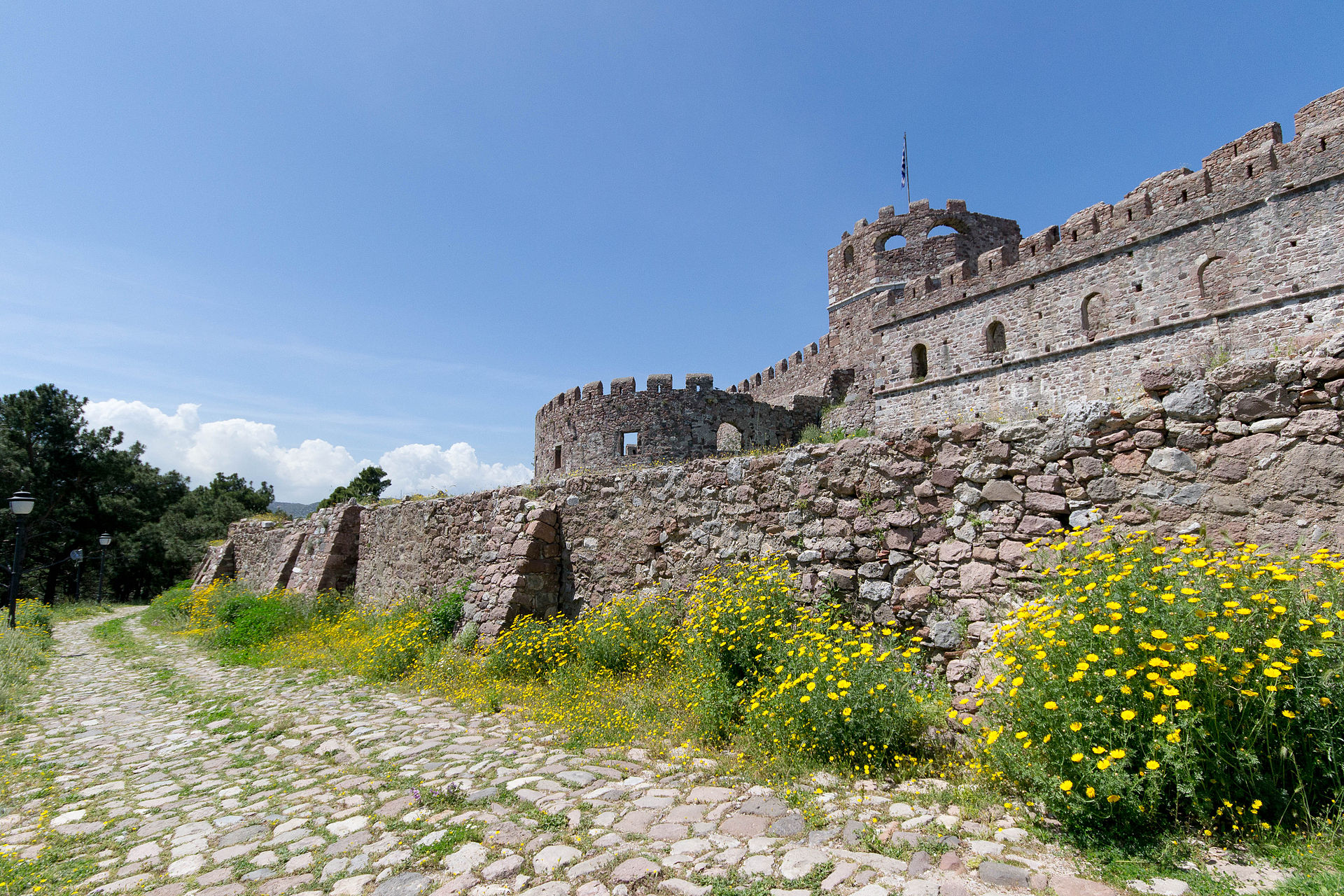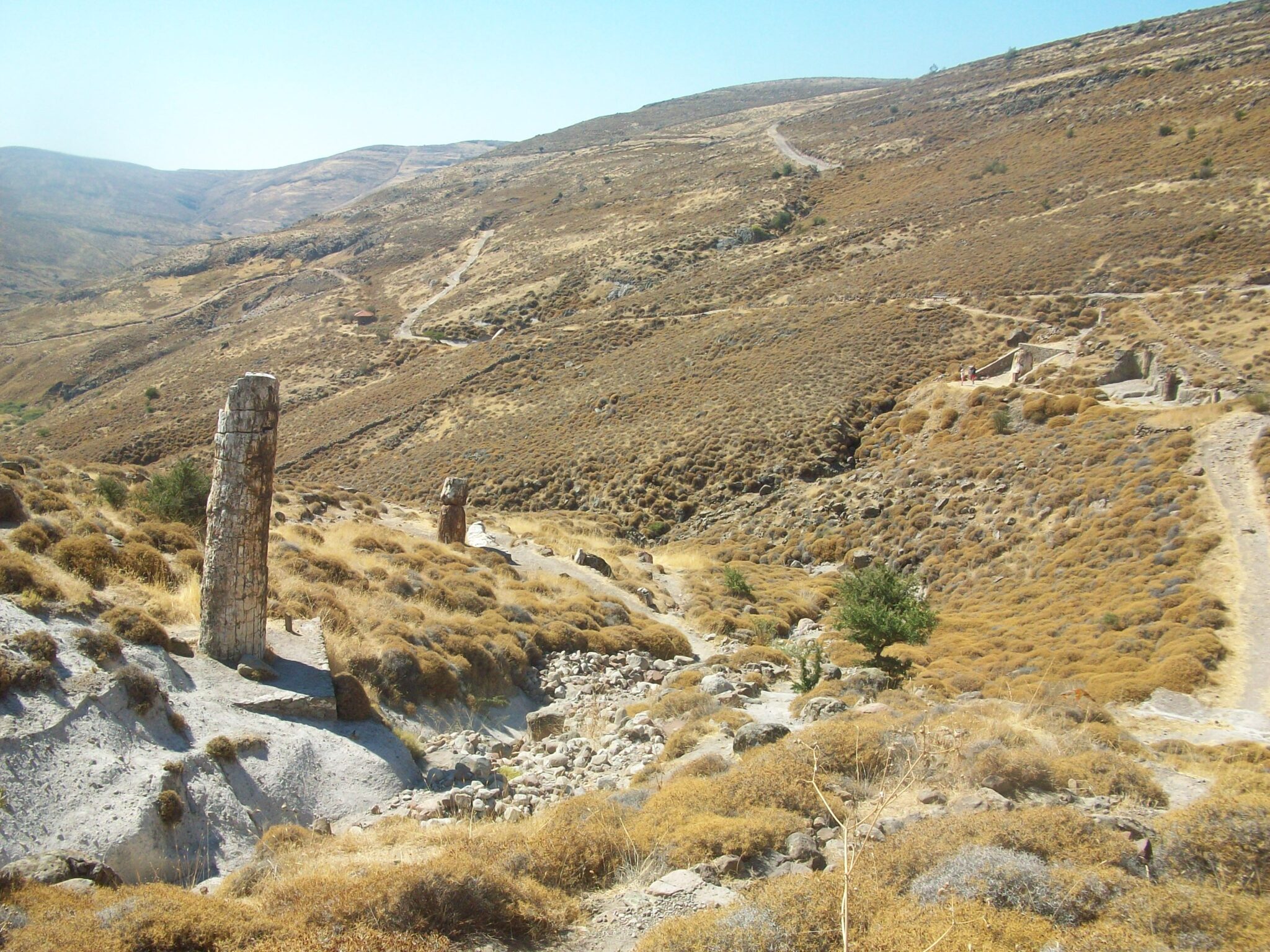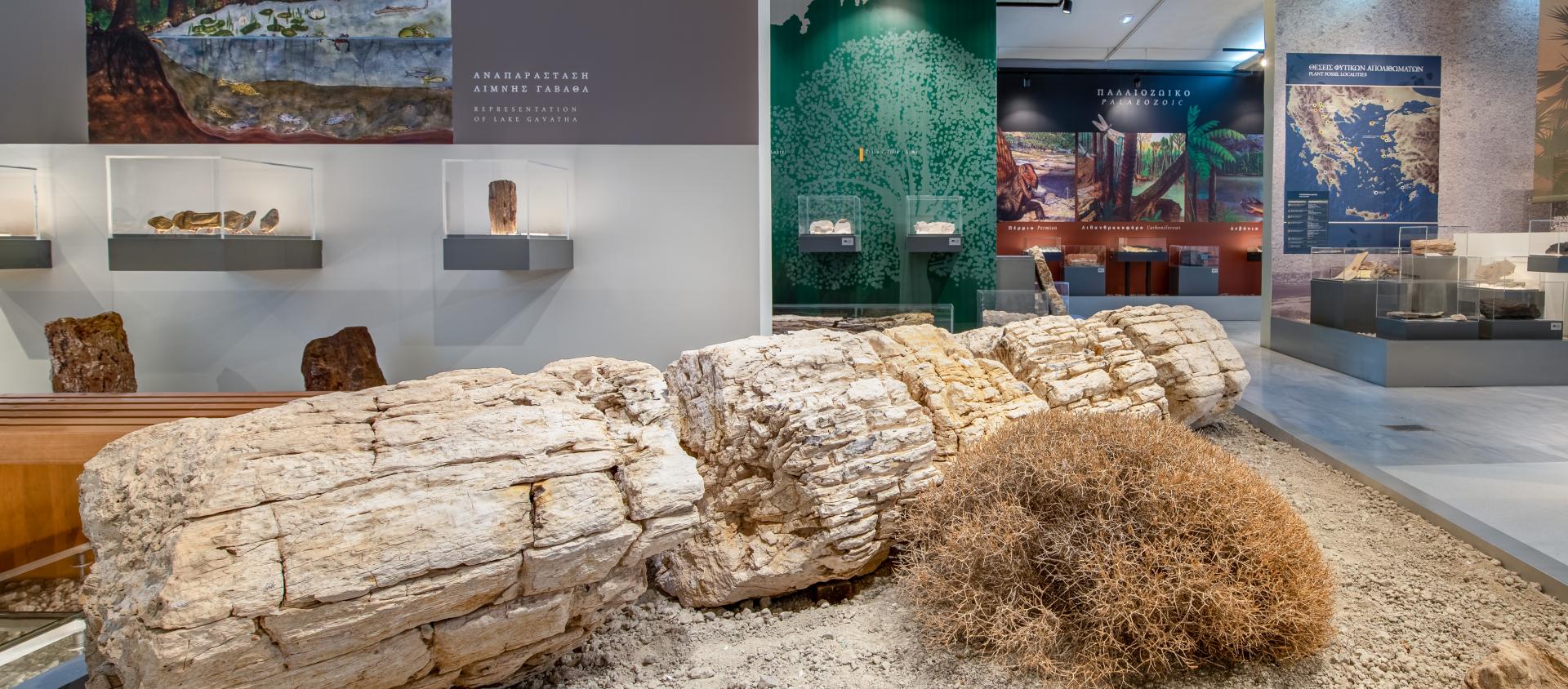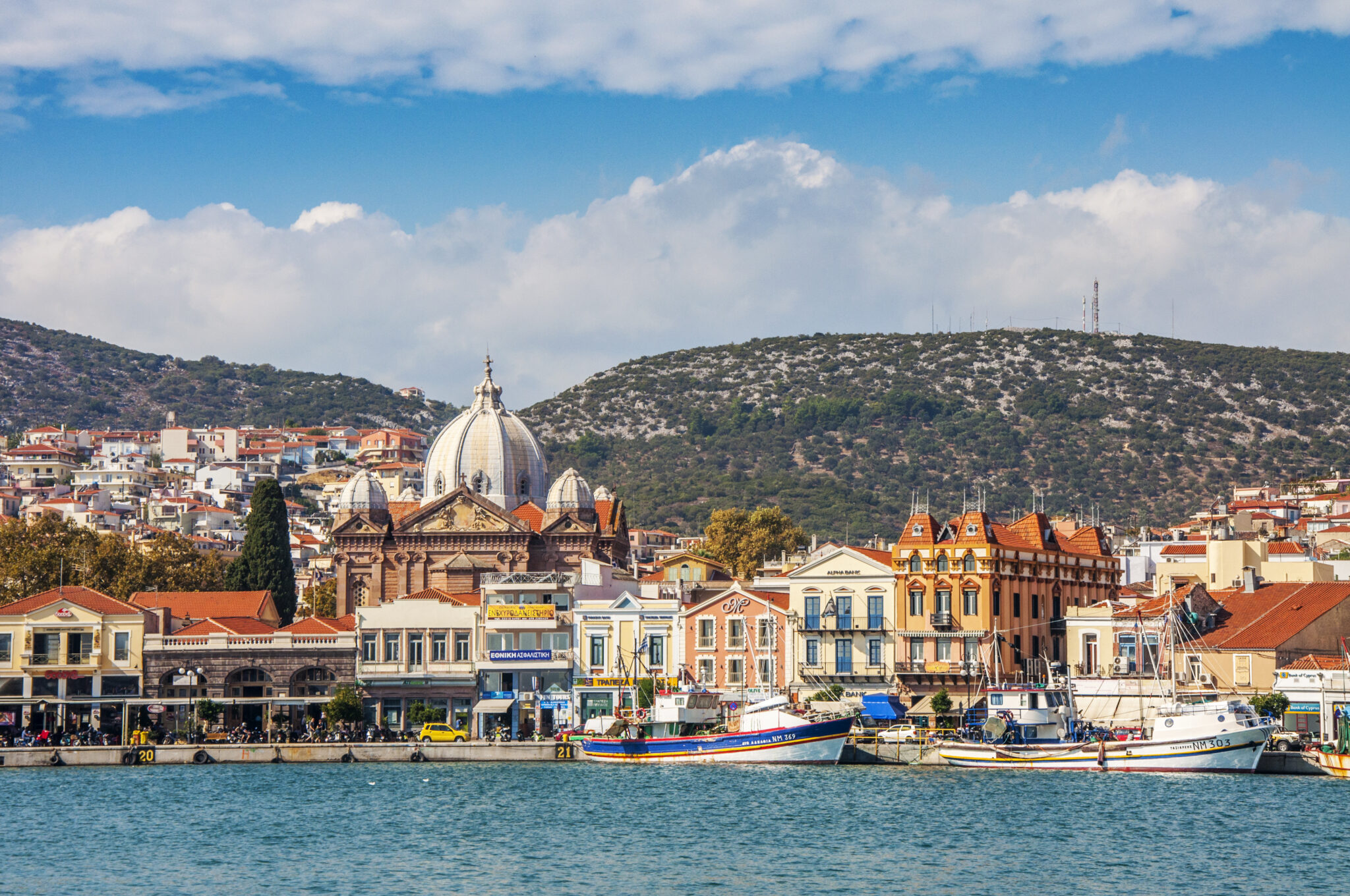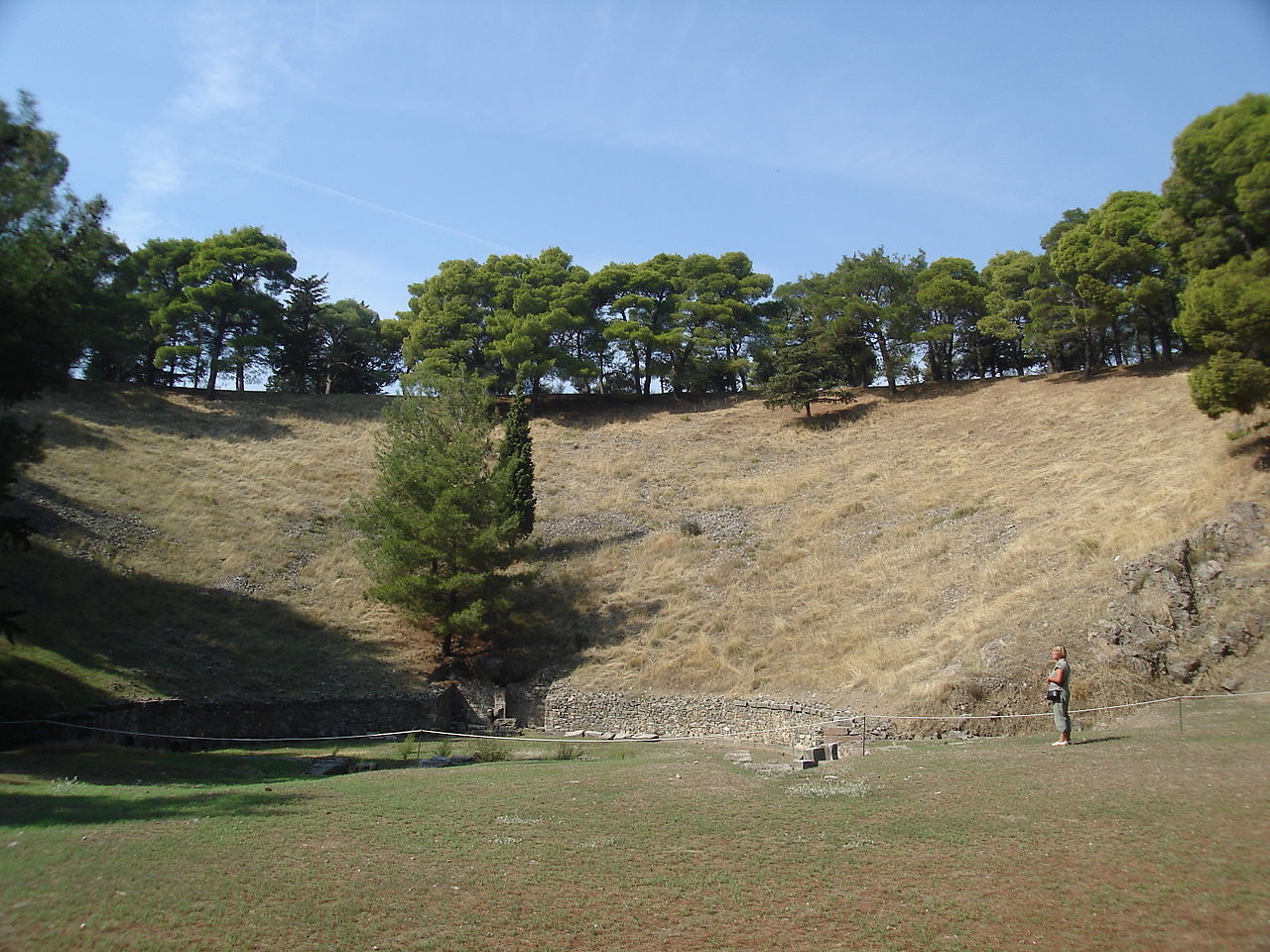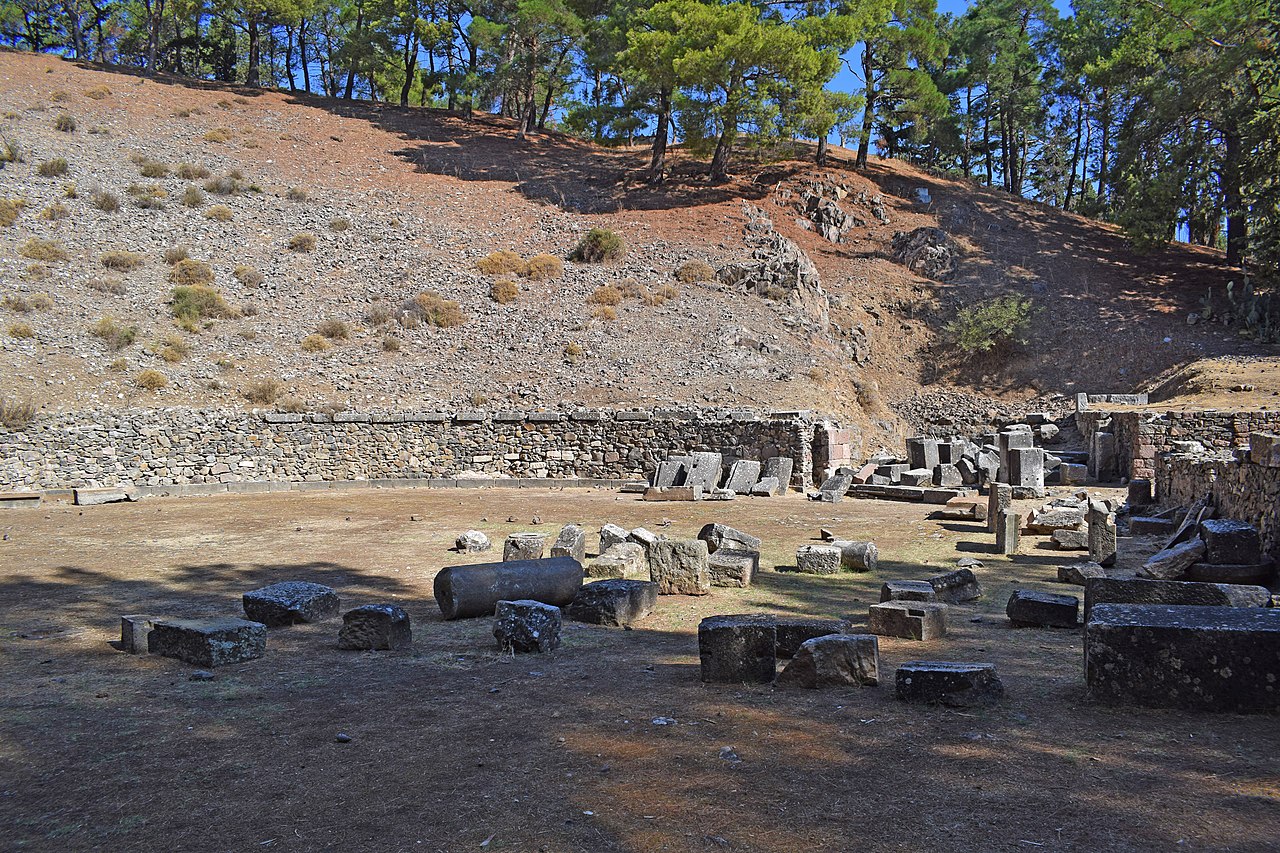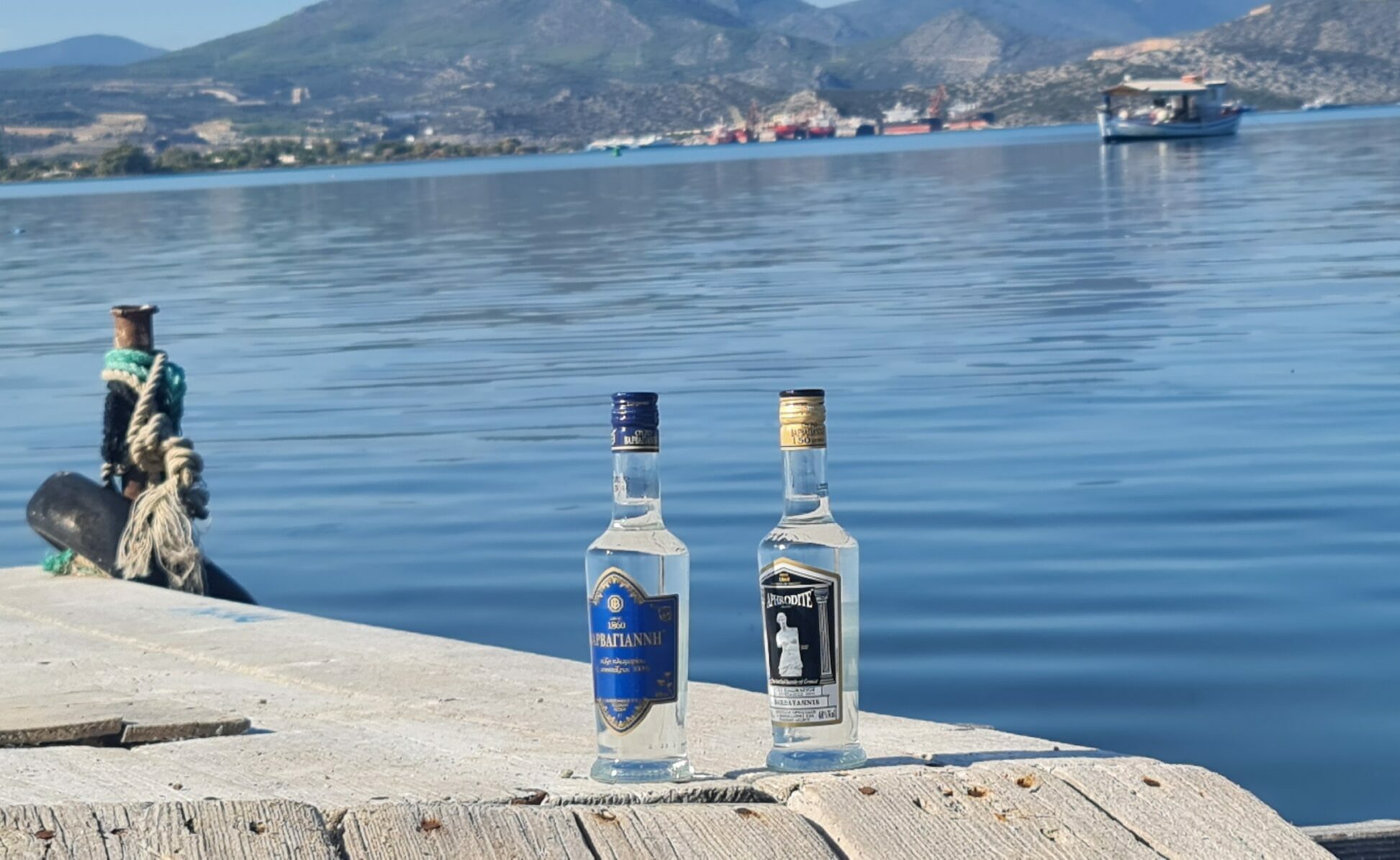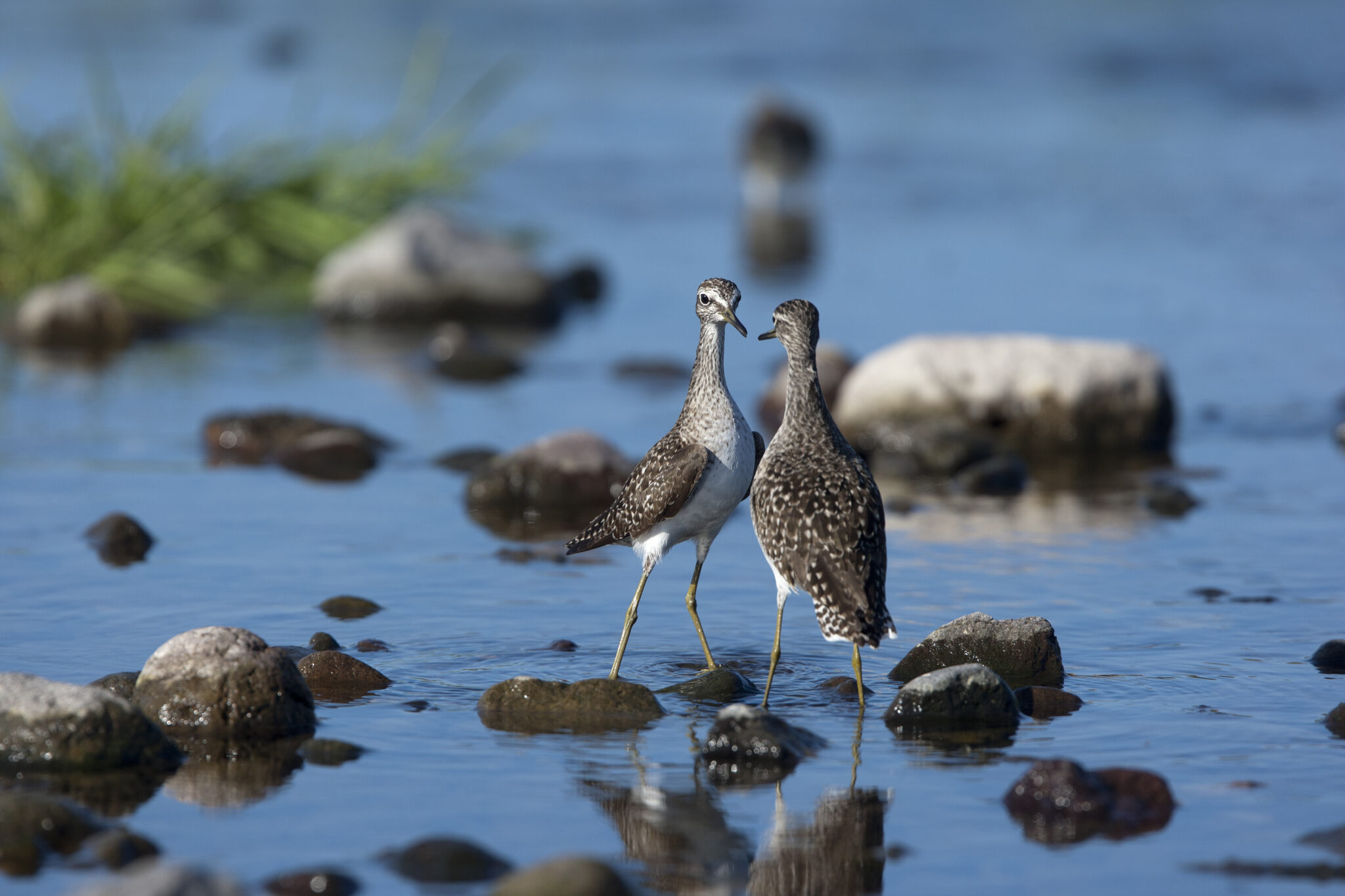Whether you have enough time to explore the entire island or just a few days, you’re sure to feel rewarded for visiting these truly noteworthy sights unique to Lesvos.
Lesvos, Greece’s third-largest island, is a treasure trove of natural beauty, historical sites, and cultural attractions. From the Petrified Forest and the Ancient Theatre of Mytilene to the island’s museums presenting its ouzo tradition and folklore traditions, Lesvos offers a myriad of unique experiences for every traveller. Here, we present our very top picks for you to discover, no matter what.
The Castle of Mytilene
Ranking among the largest in the Mediterranean and spanning an impressive 200 acres, the imposing Castle of Mytilene is divided into three distinct sections – the Upper, Middle, and Lower Castle, standing as a testament to Lesvos’ richly layered past. The fortress’ present form owes much to the restoration work of Francesco Gattelusio I and his successors during their reign on the island (1355-1462), and subsequently to the Ottomans (1462-1912).
Lesvos Petrified Forest
In western Lesvos, where lava and volcanic ash meet the deep blue Aegean Sea, time and the waves slowly reveal fossilised tree remnants that lived millions of years ago. Large and small fossilised trees, in a myriad of colours, numbers and variety, stand erect or lay scattered on the ground, their roots and branches entwining mysteriously.
You can visit the Petrified Forest Park in the “Sigri Petrified Forest” zone, or explore hiking trails that connect various fossil-rich locations. A network of trails, much of which is wheelchair accessible, allows you to traipse through history. One of the most striking exhibits is a massive sequoia, at 7.20 metres high and 8.5 metres in circumference. In life, this tree reached a height of 90 metres and provides invaluable information about the life of its era and how climate change has affected the environment over the millennia. These are found within the park, but now there are equally significant findings on the new Kalloni-Sigri road. While here, also make sure to also visit the Fossil Museum.
Museum of Natural History
At the Museum of Natural History, the entire creation of the Earth unfolds before your eyes. The inception of Earth’s history and how it evolved is delved into with exhibits such as “Volcanoes & Earthquakes: Sculpting the Aegean Landscapes”, which refers to the geohistorical development of the Aegean Sea.
The permanent “Petrified Forest” exhibition showcases fossilised trunks, branches, fruits, and leaves from a variety of coniferous and angiosperm trees, along with fossilised bones of animals that lived during the Lower Miocene epoch, approximately 20 million years ago.
The museum also organises temporary exhibitions, such as that of the Liotia alligator, which lived in northwestern Lesvos around 19 million years ago in a dense subtropical forest. It’s worth combining your visit to the Museum of Natural History with one to the Nisiopi Marine Park. Here, daily guided tours are conducted, upon reservation, with a special glass-bottomed boat named “NISIOPI”, where you can see the fossils located on the seabed. Subsequently, you will disembark at the small port of Nisiopi, from where you will start your journey to tour the terrestrial part of the Park.
Lesvos’ Folklore Museums
Founded in 1991 by the Pamfilon Women’s Association in eastern Lesvos, the Pamfilon Folklore Museum is housed in a picturesque two-storey building in the village centre. Showcasing traditional artefacts, the museum aims to preserve and exhibit the region’s familial and agricultural life. Inside, the ground floor features a sitting area, workshop, loom room, and a space displaying rural tools and everyday items. A winding staircase leads to the second floor, which replicates traditional middle-class homes with a living room, dining area, and bedroom. Exhibits include handcrafted textiles, needlework, and lace crafted with various techniques, all made using natural dyes from leaves and peels.
In Mytilene, in a building of the historical Old Port Authority on Lesvos Island, you’ll find the Lesvos Folklore Museum, which showcases Greek folk art from 1650 to the present. The exhibits encompass a variety of artefacts, including traditional attire, embroideries, carved woodwork, and folk paintings. Additionally, the museum displays items depicting daily life from Agiassos and Mandamados, a collection of historical weapons, and daily-use items such as hand towels and local costumes. Works by Theophilos also feature in the collection, providing a glimpse into the island’s past. The museum’s ground level serves as a boutique, offering handcrafted items echoing the upstairs exhibits.
Teriade and Theophilos Museums
Inaugurated in 1979, the Teriade Museum boasts an outstanding array of artworks by globally acclaimed artists such as Picasso, Chagall, Miro, Le Corbusier, and Matisse. This purpose-built museum, spread across two levels and divided into sixteen rooms, presents these masterpieces to the public. In addition to celebrating global artists, the museum (Phone: +30 2251 023372) pays homage to Stratis Eleftheriadis, a native artist and critic from Lesvos known as Teriade, who is also famous for having brought international recognition to Theophilos, a fellow Lesvos inhabitant. You can find this cultural treasure in Varia, situated 4 km south of Mytilini.
The Theophilos Museum is adjacent to the Teriade Museum, as it was donated by Teriade. On display here are 86 paintings by the legendary, self-taught painter Theophilos Hatzimihail (or Kefalas, 1868-1934), originating from Teriade’s personal collection, which he donated to the Municipality of Mytilene.
The Ancient Theatre of Mytilene
Tucked away amidst lush pine forests in the northern suburbs of Mytilene is a remarkable monument, one of the most expansive in Greece during the Hellenistic period, dating back to somewhere between 300 and 100 BC. Although the precise details of its construction remain shrouded in mystery, it is known that this grand edifice, capable of hosting 15,000 spectators, began to show signs of decay during Roman rule. Consequently, the Romans undertook essential restorations and modifications.
Modern archaeological studies, including significant discoveries such as the magnificent orchestra pit unearthed by D. Evangelides and A. Vavritra in 1958, underline both the aesthetic charm and historical significance of the ancient theatre. Situated near the terminus of a steep, ancient road stretching from the Asia Minor shelter of Epano Skala to the Aghia Kyriaki church, the theatre is still partially hidden, awaiting further excavations for its complete revelation and potential restoration to its former glory.
Two Museums Celebrating Ouzo
The Barbayannis Ouzo Museum presents the rich history of ouzo in Lesvos. Efstathios J. Barbayannis, known for his distillation expertise, is said to be the man who introduced ouzo to the world in the early 19th century. For over 140 years, the Barbayannis family has refined the secret recipe across five generations, while maintaining traditional distillation methods and ingredients. Located beside the active distillery, the museum allows visitors to explore the Barbayannis family’s ouzo-production journey. The museum’s exhibition space displays original equipment used for bottling and labelling the famous Ouzo Barbayanni Blue, which remains a symbol of high-quality ouzo across Greece today.
The Isidoros Arvanitis World of Ouzo Museum, situated near Plomari village, offers insights into the production of one of Greece’s most popular ouzo brands and the history and production of the milky spirit. Operational since 1894, this distillery, found within a beautiful olive grove near Agios Isidoros beach, makes ouzo using aniseed that’s grown on the distillery’s estates, local Sedountas river water, and various Greek seeds and exports its products to over 30 countries. The museum presents its ouzo-making tradition through an engaging exhibition. Visitors (the museum is open from Tuesday to Saturday, 10:00-13:00) can learn about the history of ouzo, observe the production stages, and view historical distillery machinery.
The Wetland of Kalloni Gulf
A magnet for alternative tourism, the Gulf of Kalloni in the west-central part of the island is internationally renowned as a birdwatching destination. The entire marine area enclosed by the gulf constitutes an ecosystem of utmost importance for avian life.
The most significant region for bird observation is undeniably Alyki of Agia Paraskevi, where the Kalloni municipality has set up a dedicated observatory. Visitors flock to Lesvos, preferably in the springtime (from mid-April until late May), to witness the vernal migration of birds from Africa, where they have spent the winter, towards Europe. Annually, the area is teeming with wild geese, mallards, swans, herons, kingfishers, bee-eaters, avocets, pelicans, gulls, terns, diving ducks, water rails, and striking pink flamingos, which stand out and are considered the most beautiful and imposing “visitors” of the wetland.
Read also:
Lesvos’ Beaches: A Haven of Sand, Pebbles, and Charm



